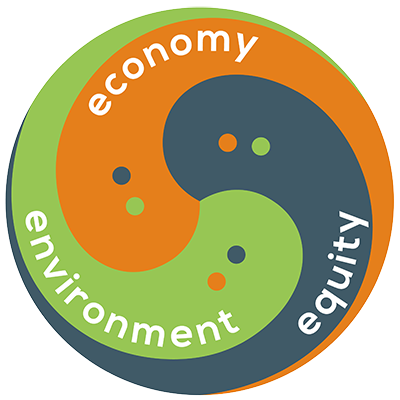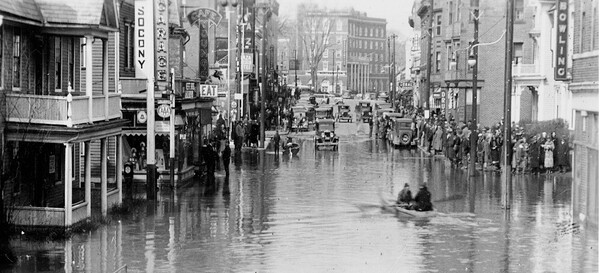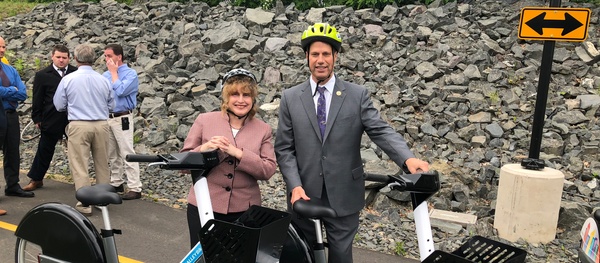Local average temperatures are expected to increase 4-11°F by the end of the century.
Between 2010 and 2019, solar generation in Northampton grew by over 3,000%! Lets keep that streak going!
Northampton is developing a Resilience Hub to support our community through the good times and the bad.
We've seen major floods in the past, and we're diversifying our strategies to prevent them in the future.
Northampton is both reducing transportation demand through better planning and ensuring equitable mobility options for all.
Northampton's new Hazard Mitigation Plan is updated to ensure we're prepared for climate change.
Northampton is #10 in MA for least waste sent to disposal, but there's more we can do to improve.







